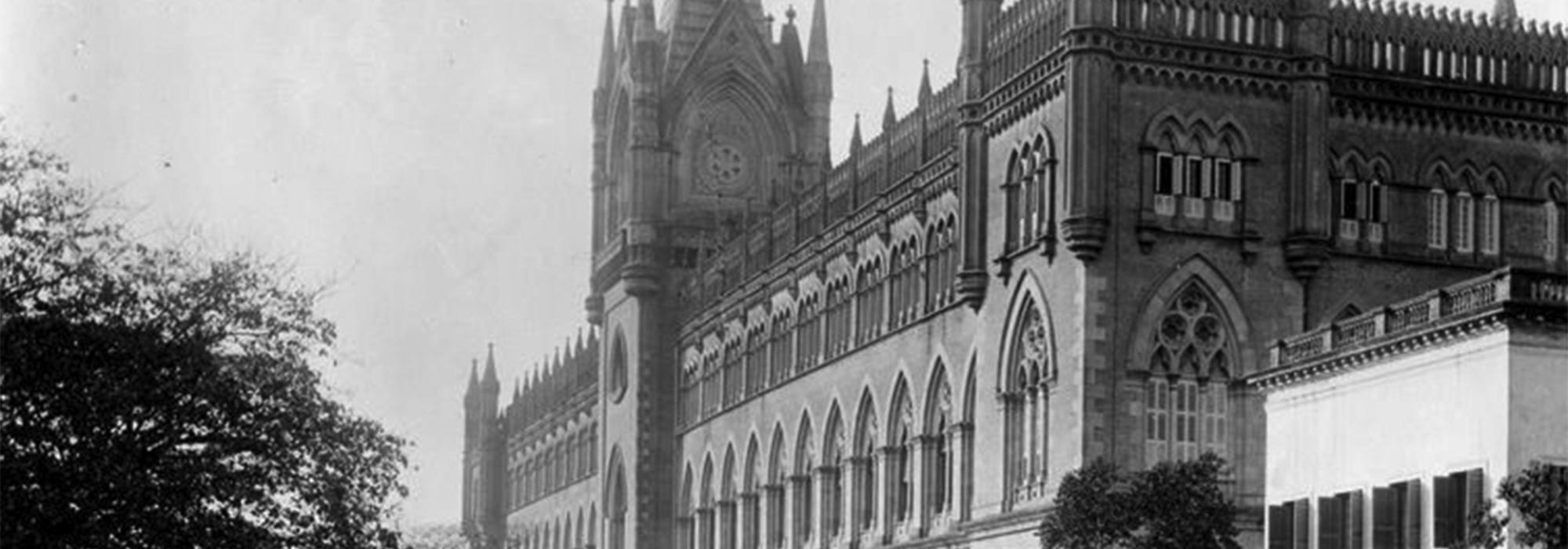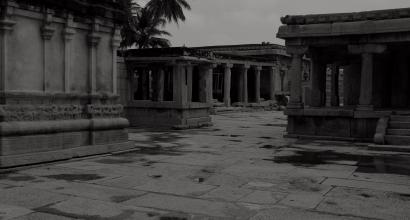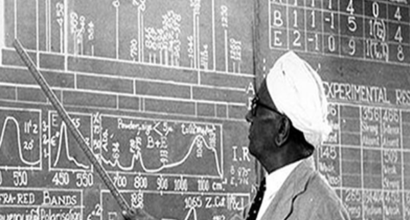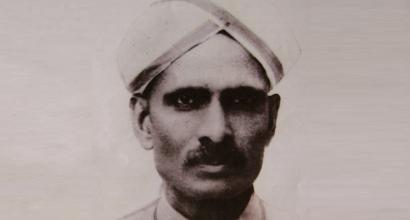A Request
There is one more episode worth narrating.
During 1938–39, he wrote a letter to me. It read as follows – “I have attached a letter of a person with this letter. It appears that he is facing great difficulties. Meet Dewan Mirza Ismail tomorrow and request him to help this person on behalf of both of us; obtain Mirza’s assurance and send me a written reply.”
And now it is time to speak about the enclosed letter. I cannot mention the name of the person who wrote that letter. He wrote it from Thiruvannamalai. The letter ran as follows – “I have passed BA and BL. I am a clerk in one of the sub-courts of the Mysore Government. But my salary is very less and mine is a large family. I am sunk in debt. I am seeking your help through this letter. You need not help me financially ex gratia. You should get me a loan of Rs. 20,000 as it happens during the setting up of a business. I will return the principal amount fully. I don’t want anything as charity. This is how I shall clear the loan: You should recommend my name to Dewan Mirza Ismail and ask him to transfer me to his Secretariat on promotion. If things go well, I will settle the debt by using the surplus amount I get (compared to my present salary) after my promotion. Within a few years my debt will be cleared with this money. You should assure me that you will help me in this. If your letter of assurance does not reach me within five days, on the sixth day I will jump from the summit of Thiruvannamalai and kill myself. Such is my emergency.”
My Reaction
I read the letter completely. Immediately I replied to Shastri – “1. Let the person commit suicide. I would not stop it. One who thinks of suicide is a pure coward. He does not have any right to live. 2. I shall myself reply to his letter. You please don’t take the trouble. 3. I know you are benevolent and kind. But I never imagined that your kindness goes this far. As it is proved now, I am confident about it. Throw that 20,000 rupees at this fakir (beggar). He is in poverty and your money will be spent for a good purpose. 4. I would not go to Mirza saheb regarding this matter; not only for this, I would never ask him for anything.”
Looking at my reply Venkatarama Shastri said, “My good man, you are surely joking. What would happen to his wife and children if he commits suicide?”
“Sir, why are you having this delusion? He will not die so easily. I know him personally. He tries his best to make a fast buck by all possible ways, trying his hand at all kinds of people. Are there any fools who get trapped in this?” I replied.
“What? Did you make me into a fool?” asked Venkatarama Shastri. Later he asked, “Are there any disputes between you and Mirza?”
This is a subject out of context. For the moment it is irrelevant. My objective is to show the mindset of Venkatarama Shastri.
Reform
Venkatarama Shastri was a traditionalist as well as an independent intellectual. His mindset was to find concordance between older tradition and the present liberal behaviour. In the history of the Hindu society, rules and regulations have seen frequent changes. The society today is not a replica of the society that existed during the times of Maharṣi Manu. Conforming with kāla (time), deśa (place), and vartamāna (contmporary circumstances), the society has changed and corrected itself. There were reforms now and then. So the only way of protecting our society is to make changes frequently without disobeying the core principles and fundamental values. He used to always repeat this. Reforms are not bad unto themselves. But it is expected to consider whether a reform is necessary or unwarranted, and care must be taken to ensure that the given reform is complimentary to the principles of social life. Reforms that undergo this thought process will be helpful for social well-being. Such reforms have been embraced by our śāstrakāras since ages. This is seen in the smṛtis of Yājñavalkya, Parāśara, Gautama, et al. Venkatarama Shastri has explicated this idea in his report of the Hindu Law Reform Committee.
Venkatarama Shastri had heartfelt faith in the Vedas and śāstras. During his last days, his mind was a little disturbed owing to the rampant conversions done by Christian missionaries. A young man, on the day he was leaving to the United States, came to meet Shastri and sought his blessings. While blessing the lad, Shastri said, “Dear child, do whatever you want, go wherever you wish. But return as a Hindu. This is my plea. Hindu Dharma is a vast one. Never leave it!” This is the manner in which he implored; his eyes were wet with tears.
Self-respect
Venkatarama Shastri was an Advocate-General just like Shivaswami Iyer. Later, when the post of Law Minister in the Madras Government fell vacant as a result of C P Ramaswamy Iyer’s retirement, Venkatarama Shastri was appointed to the post. An incident took place during that time. During the distribution of the official records pertaining to the various government departments, the Governor decided to hand over the Police Department records—which was previously under the purview of the law ministry—to a European Councillor instead of Venkatarama Shastri. Deeming this to be an act of distrust, Shastri resigned the post immediately. Shastri’s reason for resignation was this: “The Representative of the British Government has averred that it is dangerous to give the official records pertaining to the Police Department to the hands of an Indian. It is impossible for a self-respecting Indian to tolerate the connotation of such an opinion!”
Many people cast aspersions on Shastri’s act. “He should not have been impatient!” “He left a high position in a hurry!” – said many. Shastri listened to those words and laughed. He said, “I need not be in that position for the sake of salary. I accepted the post thinking that I will get an opportunity to do some good for the country and my countrymen. What should I do with a job that does not give me an opportunity to work for the country? Should I accept it only for the sake of salary? Tchey!”
The post of Judge of the High Court was not beyond Shastri’s reach. I know four or five instances when the government offered him the post of the Chief Judge of the High Court. I even know the oppositions he had to face by his own daughters and other relatives for rejecting this offer. Once he asked a lady [a female relative], “Do you want you and your children to travel in a car with a servant sitting at the front, holding a rod made of silver or gold? Or do you want your and your sisters’ children to get educated, have their upanayanams performed, and get married without an ostentatious servant with a stick of gold or silver?”
Venkatarama Shastri served as the President of the executive committees of the Madras Sanskrit College and the Kuppuswami Sastri Research Institute. Similarly he was the leader of many academic and public institutions. He also adorned the position of the President of one of the Sessions of the Liberal Party. Just as he was respected due to his erudition and position, he was beloved because of his friendship, modesty, and popularity. On the whole, his nature was such that it used to evoke overflowing love.
Concluded.
This is the third part of a three-part English translation of the third chapter of D V Gundappa’s Jnapakachitrashaale – Vol. 6 – Halavu Sarvajanikaru. Reviewed by Vaishnavi Naik and Paresh Nadig. Edited by Hari Ravikumar.




































